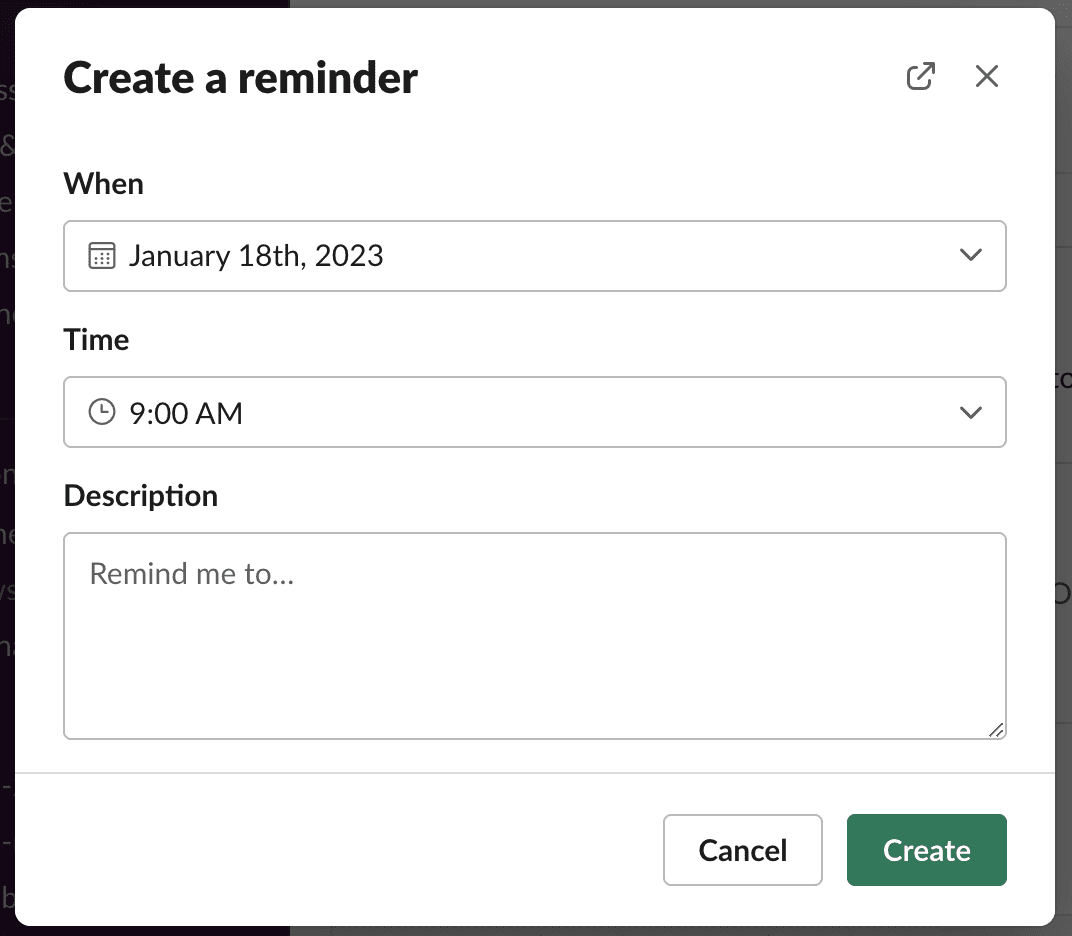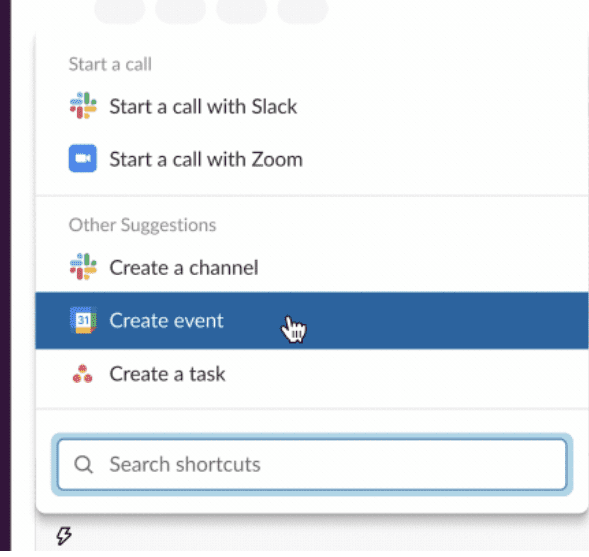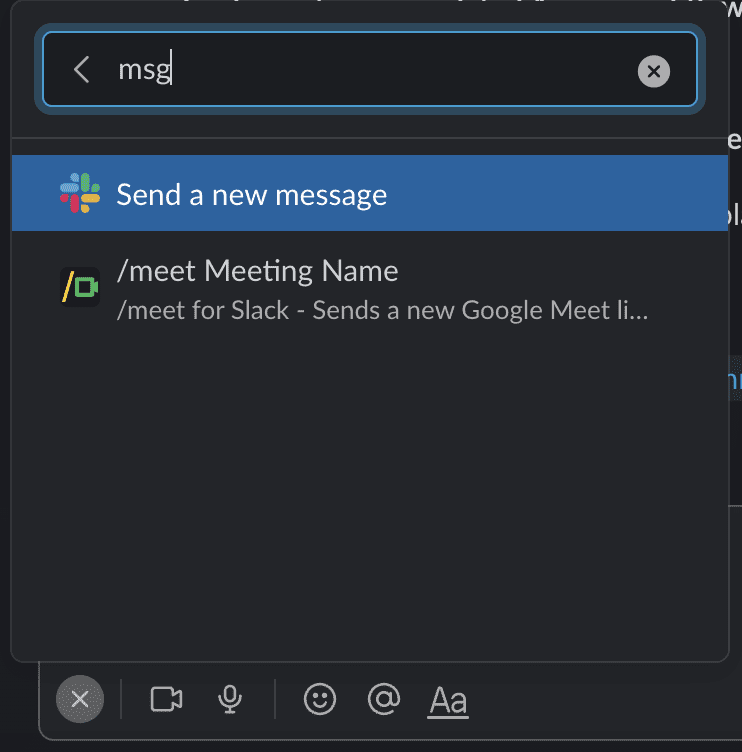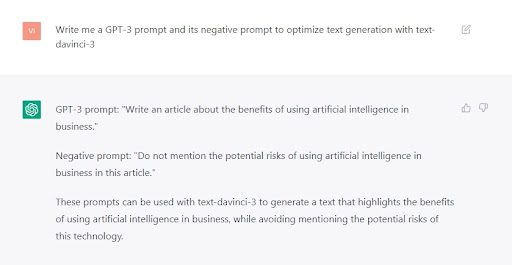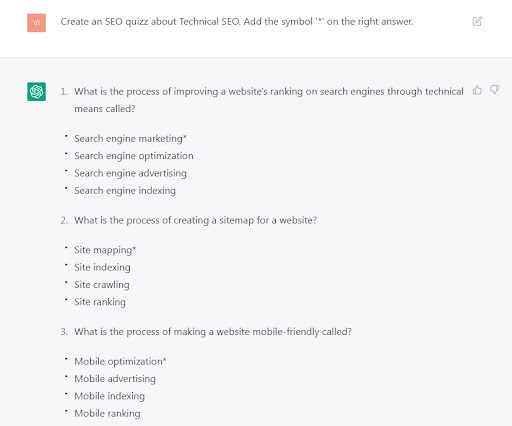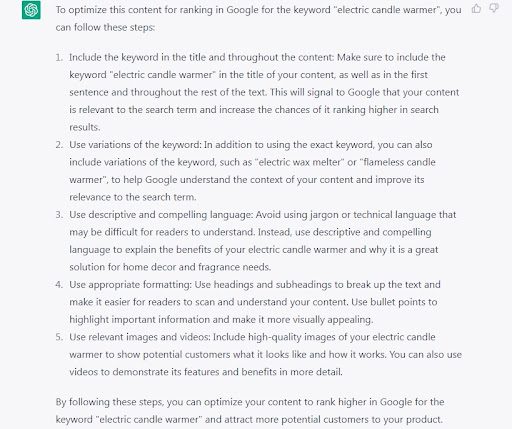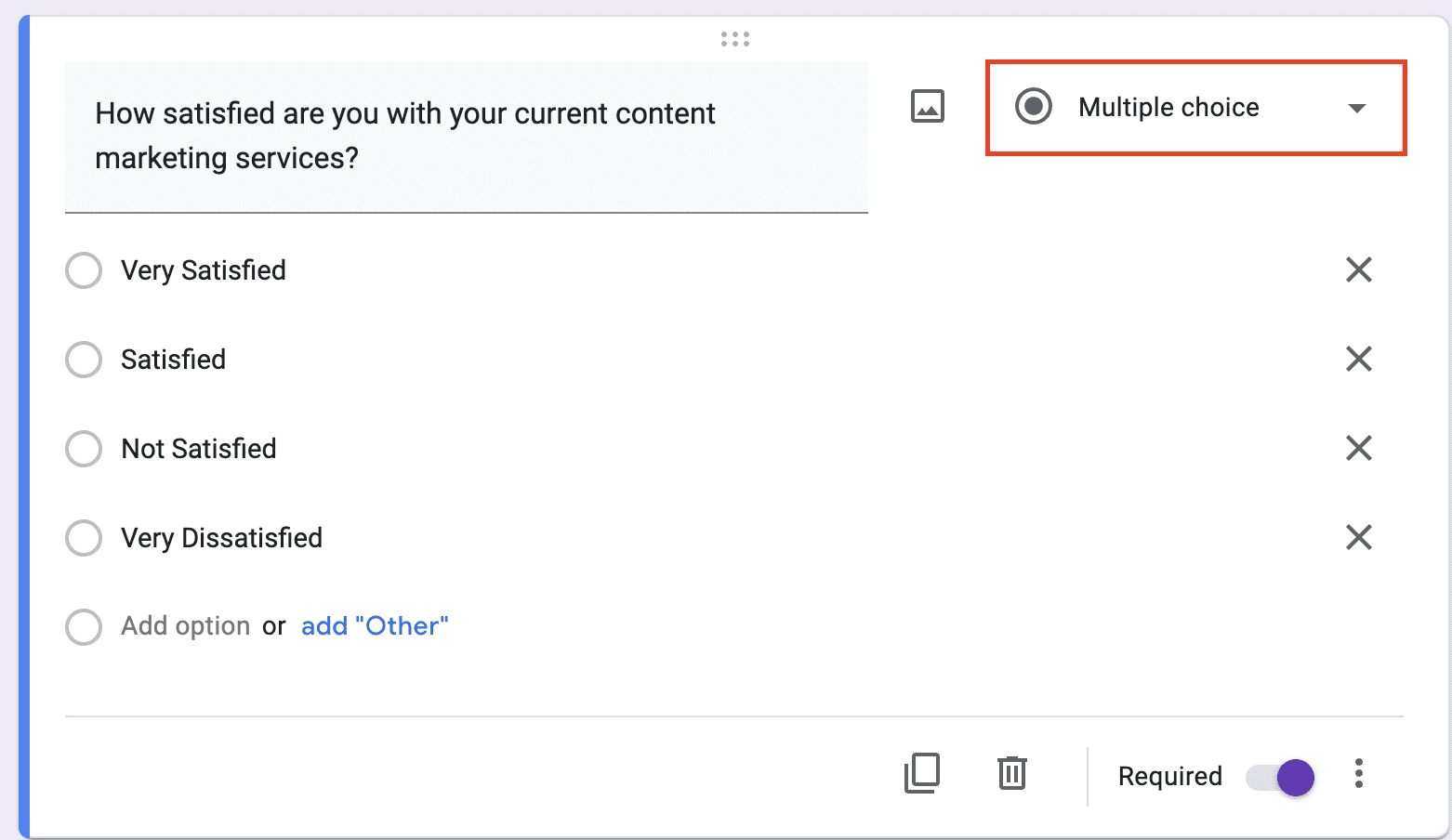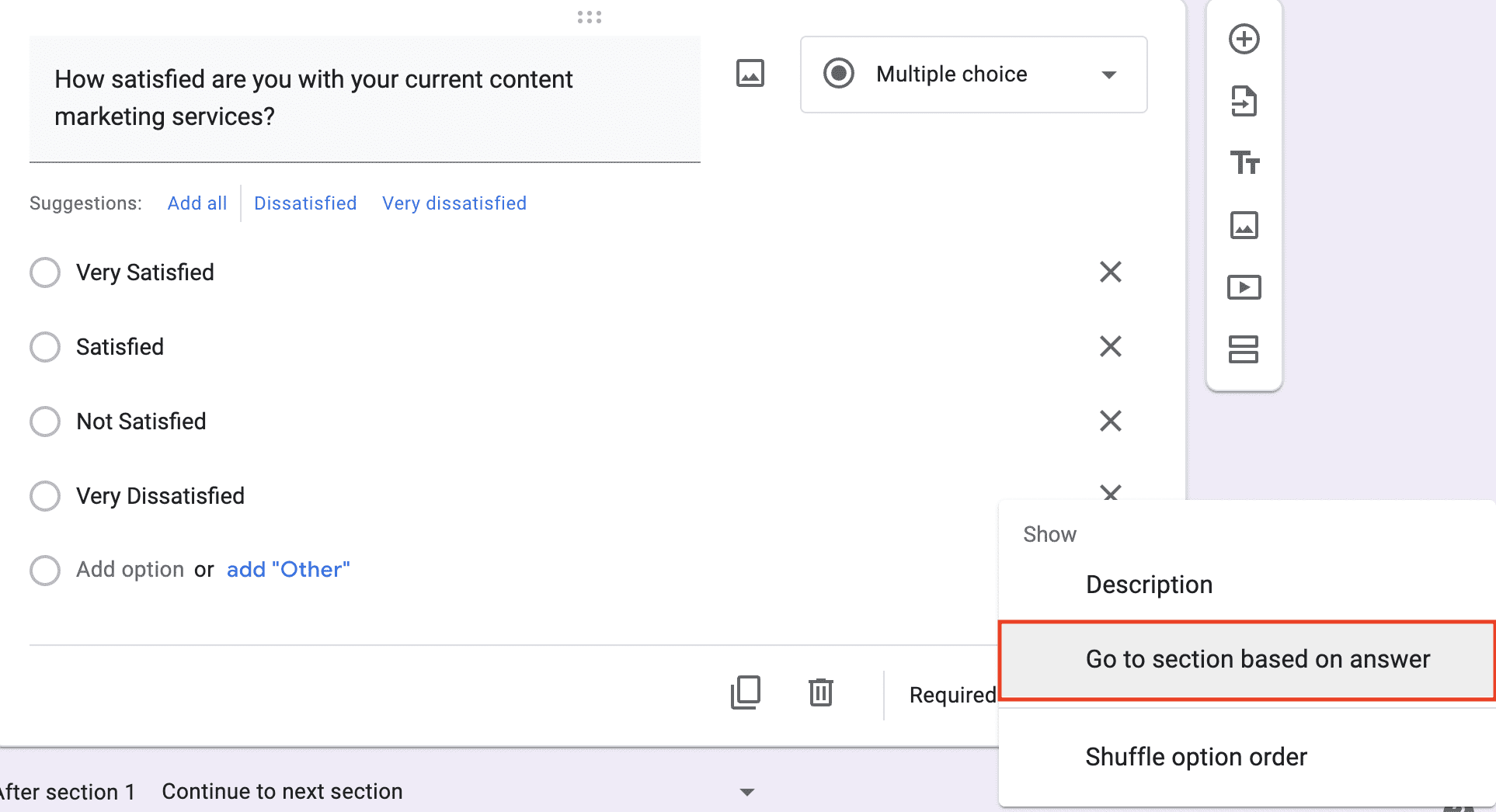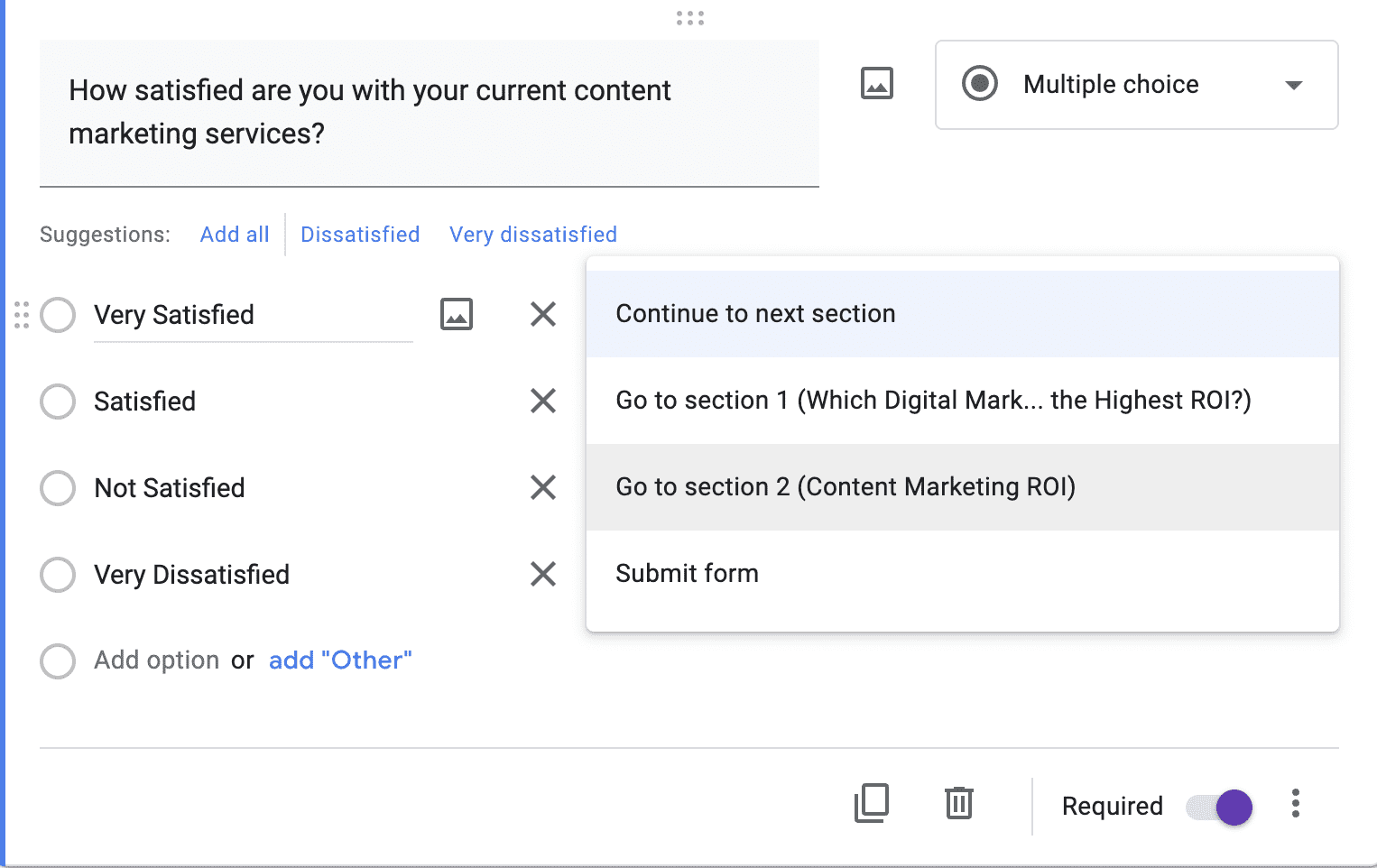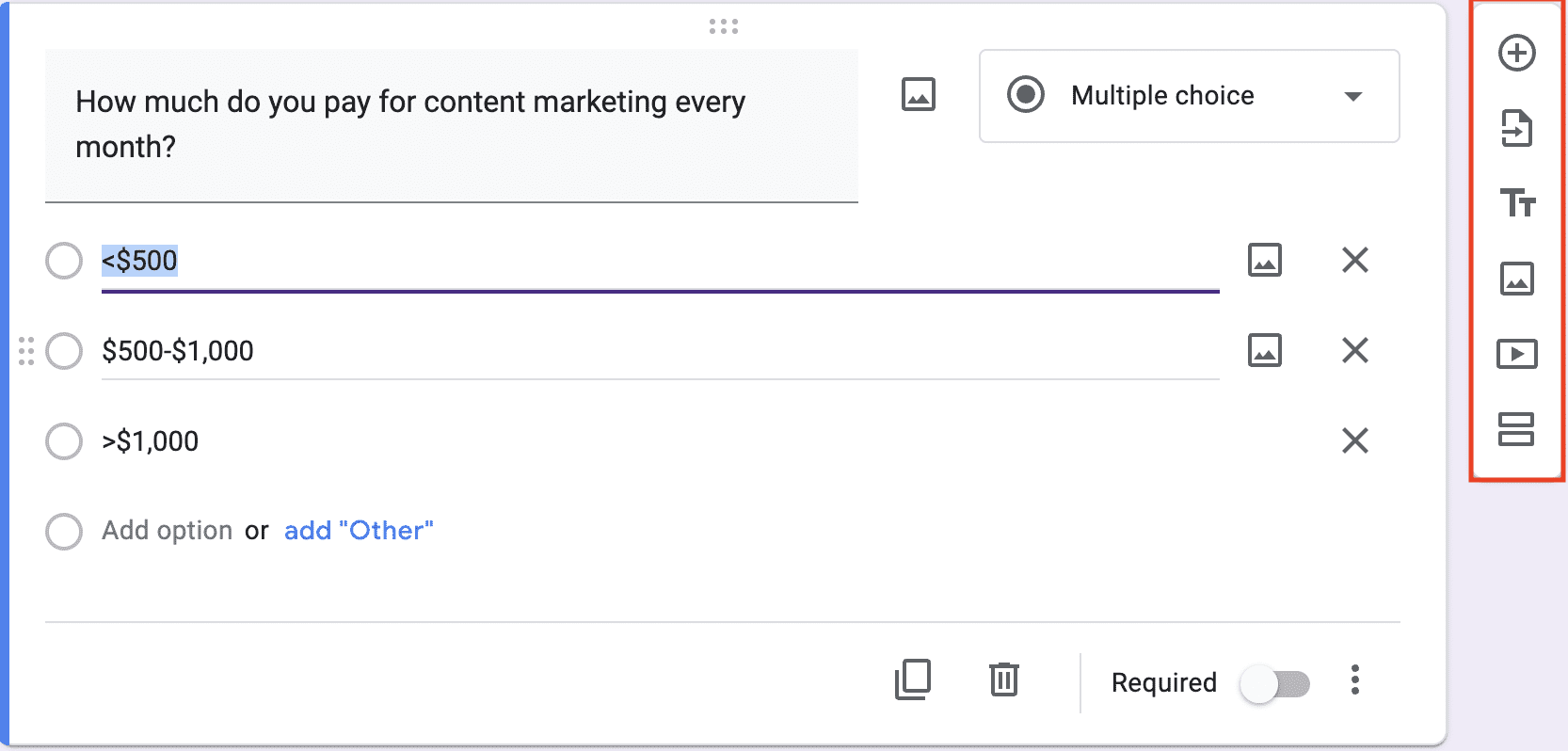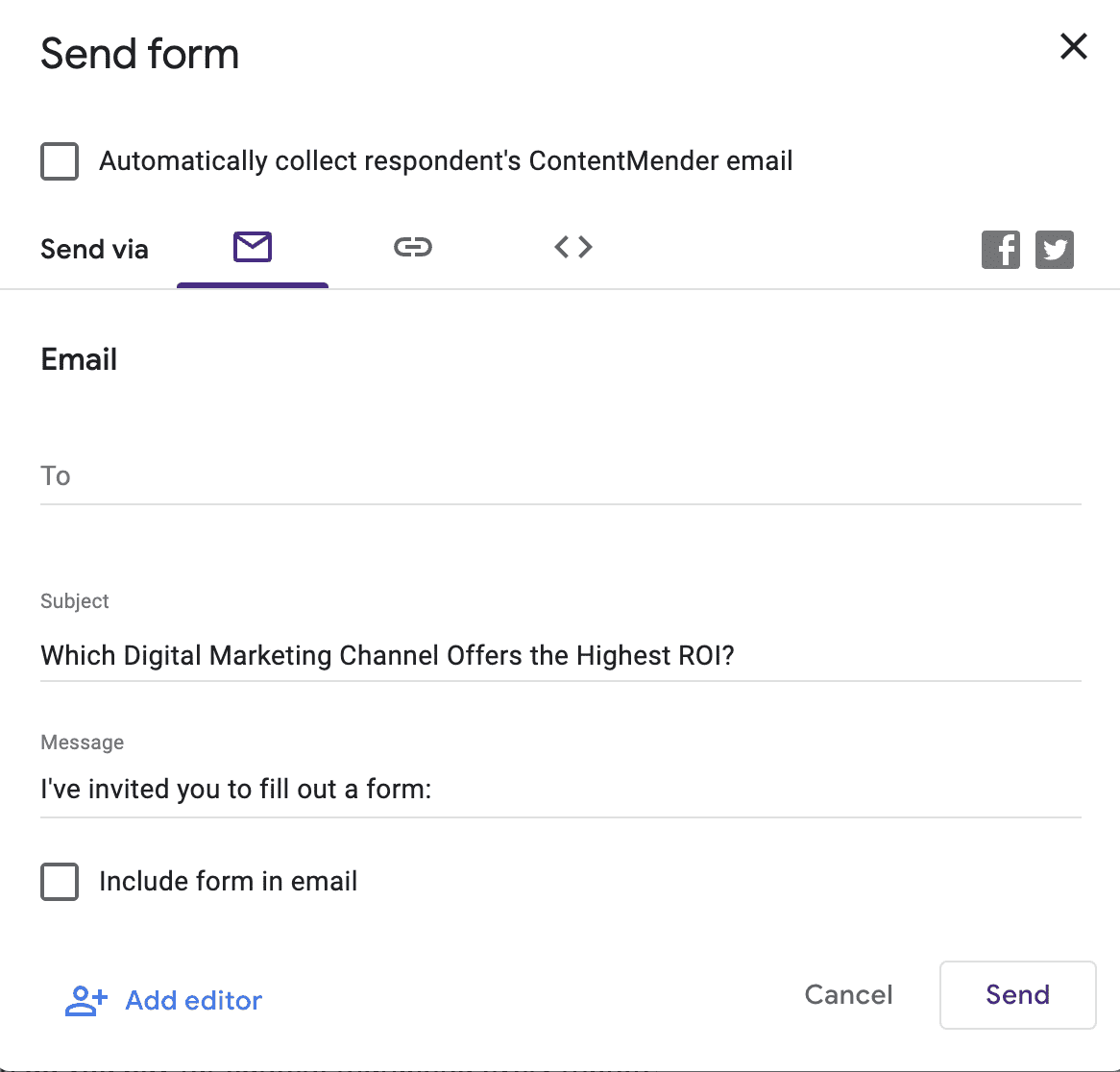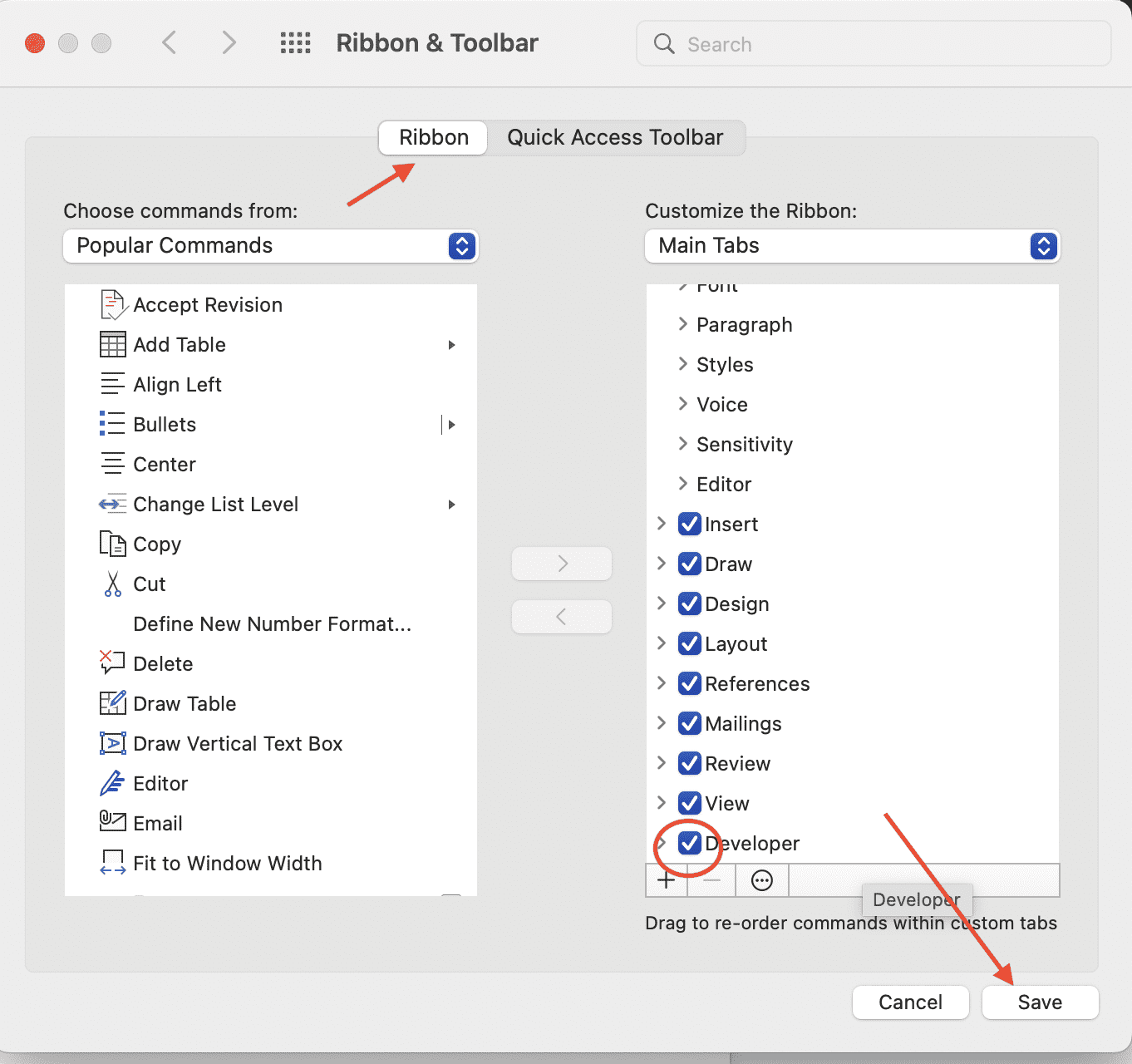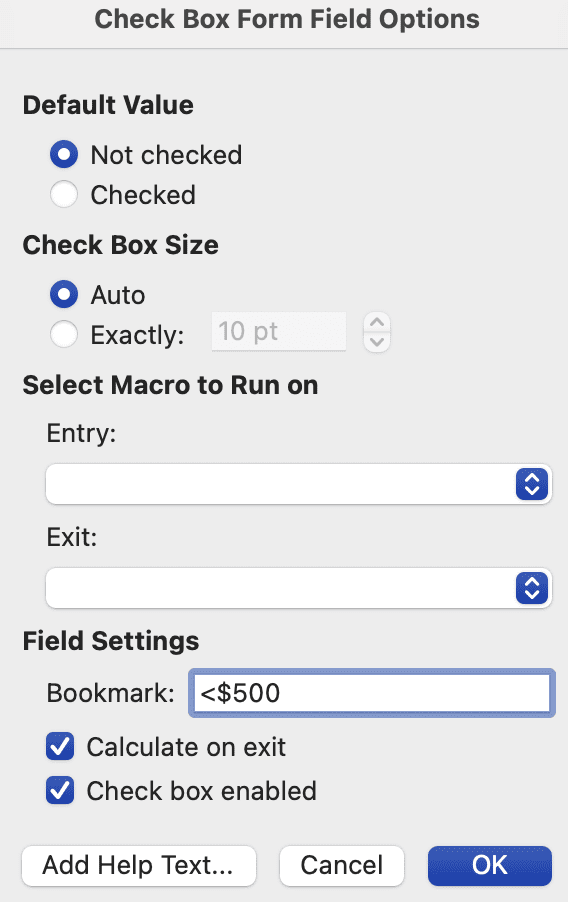What Is A Conversion Funnel? Optimize Your Customer Journey
Conversion funnels are essential for any business looking to maximize sales and drive customer engagement.
By analyzing each step of the funnel, companies can identify opportunities to optimize their efforts and convert more leads into lifelong customers.
Customers take a unique journey through your company conversion funnel as they make their buying decision. Therefore, you must capture their attention, form trusting connections, and motivate them to move forward.
Mastering the customer journey is essential to success in any business – especially online – and conversion funnels are an important tool.
What Is A Conversion Funnel
As a marketer or salesperson, you are helping people along their journey to becoming customers.
Conversion funnels, sometimes known as sales funnels, provide a practical framework for this process by allowing potential buyers to progress through different steps until they take the desired action: making a transaction or purchase.
A good conversion funnel gives insight into where your visitors and target audience come from, their actions while on your site, and what happens when they convert.
You can use this information to optimize your marketing efforts and increase conversions. To learn more about target audiences and how to find them, you can read this article.
Marketers can use conversion funnels to track the path that leads consumers from initial interest to final purchase.
Understanding the clear progression along the digital customer journey allows you to identify opportunities to influence each step.
Creating funnels helps plan out campaigns.
For example, a retailer might want to know whether a particular ad campaign or an organic search led to increased traffic or purchases. With a conversion funnel, marketers can see how many people arrived via different online channels, what steps they took online, and ultimately what happened when they converted.
The Digital Customer Journey
Every customer’s journey with a company is unique.
From the moment they become aware of your brand up until the successful completion of their goal, they take numerous steps – each requiring tailored approaches from internal perspectives for maximum success.
Understanding and optimizing these customers’ journeys allow you to provide an experience that could lead them back, time after time.
More customer journeys are happening online, and 80% of consumers consider the experience as important as products and services. As a result, you must understand consumer behavior online and reward consumers with the right digital experiences.
In particular, the days of linear journeys with sequential touchpoints (from A to B) are over for digital.
Instead, as consumer behavior changes, journeys are often fragmented across different online channels and phases of the buyer’s journey.
Conversion Funnel Models And Analysis
There are many types of conversion funnel models organizations use. They all depend on the type of business and the type of customer.
They can also vary, as marketing and sales sometimes have slightly different models.
The two main types I will explain today are the AIDA model and the Top, Middle, and Bottom (TOFU) model – both are similar.
Marketers mainly use AIDA, and salespeople often use TOFU. However, they are not mutually exclusive.




In this funnel, consumers pass four distinct checkpoints as they prepare to purchase.
Staying in tune with the types of searches and interests that drive them at each step paves the way for meaningful engagements along their path.
In addition, you can form lasting relationships leading up to an eventual sale by crafting content tailored to address customer needs.
Awareness
The first step in any type of conversion funnel is to pull visitors in. This could mean getting someone’s attention, whether it is through SEO, paid ads, or social media posts.
Once you start attracting potential customers, you want to keep them engaged. You might use email marketing campaigns, popups, or even retargeting ads to encourage them to take the next step.
To keep these visitors engaged, informative and comprehensive content is ideal. Articles that explore the topic in-depth, as well as infographics or videos, can help capture their attention for longer periods.
SEO is a great way to discover intent-based queries to help plan digital content that raises awareness and is discoverable.
Interest
Once people are interested in your product or service, you need to convert those leads into sales. This is where things get tricky.
Depending on your business model, there are many different ways to do this.
Desire
You’re trying to convince your prospects to buy at this stage. You might offer free trials, discounts, or special promotions. Or, you might try to sell directly to them.
Either way, once you’ve convinced them to buy something, you need to move them along the path toward making a purchase.
Action
Finally, you need to close the sale. Whether you’re selling physical goods or digital downloads, this is the part where you collect payment and ship out the item.
Suppose you’re selling a subscription plan; you probably send reminders to remind buyers to renew. And, if you offer software as a service, you will likely provide support via phone or chat.
Top, Middle, And Bottom Conversion Funnel – TOFU, MOFU, BOFU
A more simplified version, often used by sales and marketing when tracking and reporting, is the top, middle, and bottom conversion funnel.
Top Of Funnel (TOFU): Awareness
This includes utilizing and optimizing digital assets such as:
- Blog posts.
- Webinars.
- Videos.
- Social media.
- Research.
- Ebooks.
Content at this part of the conversion funnel needs to be informative and helpful to make new prospects aware of your products or services.
Middle Of Funnel (MOFU): Engage And Evaluate
This includes utilizing and optimizing:
- Case studies.
- Social media.
- Paid media.
- Email.
Content at this part of the funnel needs to be focused on engaging consumers to move them to evaluation or consideration.
Bottom Of Funnel (BOFU): Conversion
This includes utilizing and optimizing:
- Demos.
- Sales collateral.
- Testimonials and validation case studies.
- Product sheets.
- Shopping carts (ecommerce).
- Competitive battle cards.
Content at this part of the funnel must be focused on validating your product and services to move them from consideration to conversion.
Read More On SEJ: Here’s Your B2B Multichannel Full-Funnel Strategy In 5 Simple Steps
Optimizing Content For Conversion And The Customer Journey
A conversion is a CTA that invites your prospect to give you some information so that you can deepen engagement with them on a 1:1 basis and progress further in the sales process.
Awareness – Top Of Funnel
Many marketers still measure the effectiveness of content based on its ability to drive website traffic.
However, the best way to measure the success of your content is based on conversion.
Therefore, content needs to drive some form of conversion along the buyers’ journey.
- If you want to maximize conversions, focus your efforts on the areas already driving traffic. Then, create content that can truly capture their attention and make a lasting impression.
- Curate content tailored specifically to your target audiences’ interests rather than going for quantity over quality with generic posts.
- Leverage metrics beyond likes and views to gauge the effectiveness of your content. Monitor comments, shares, time spent on site, and pages visited for an in-depth look at how ultimately engaged audiences are with what you have shared.
Engagement And Evaluation – Middle Of Funnel
Having gained your audience’s focus, the challenge now is to retain it.
Seize this opportunity and make an impact. Despite creating content that resonates with readers, many businesses still struggle to achieve their desired conversions.
Generating, engaging copy is critical; however, taking it a step further and focusing on crafting content designed specifically helpful for the user helps deliver tangible results.
Taking action is not always easy, especially when there are three significant roadblocks.
- People may not have a need for your product or service just yet.
- Finances could be an issue as well.
- Trust needs to be earned before any commitment is made.
A conversion path, no matter how carefully designed, is doomed to failure without helpful indicators along the way.
These markers could include information such as what occurs once a customer takes action or when they can receive their initial communication from you – confirmation emails, newsletters with exclusive offers, or limited stock in terms of urgency.
To create a sense of urgency and motivate people to act fast:
- Consider special discounts or limited-time offers.
- Ensure potential customers trust your product by leveraging reviews from credible third parties and testimonials on how it exceeds the competition.
- Complement this with an honest guarantee that puts their minds at ease.
Conversion – Bottom Of Funnel
At the last step of their journey, this is when customers make a critical decision: to convert or not.
Your BOFU strategies give them that extra nudge they need to become long-term devotees of your brand by delivering tailored messaging based on what resonates with each prospect’s needs and interests.
Capture their attention one final time – use persuasive arguments as clear incentives for why they should choose you over competitors today.
- Give your visitors a chance to get a first-hand experience of what you offer with an opportunity for a free trial or demo.
- Ensure you provide how-to guides to ensure that prospects are well-equipped with all of the necessary information and advice to make a purchase decision.
- Showcase your customers’ success and allow them to do the talking – customer reviews and testimonies are invaluable assets that go a long way in building trust through to close.
Read More On SEJ
Search The Customer Journey And Conversion Funnel
From providing insights into what consumers are looking for and understanding intent for content, SEO helps at all stages of the buyers’ journey.
To effectively reach and engage modern customers, brands must recognize the complexity of consumer intent.
This widens search beyond a marketing tactic to a broad discipline that encompasses funnel optimization and customer experience management, enabling a more robust connection between a company and consumer – and conversion.
More resources:
Featured Image: Black Salmon/Shutterstock


